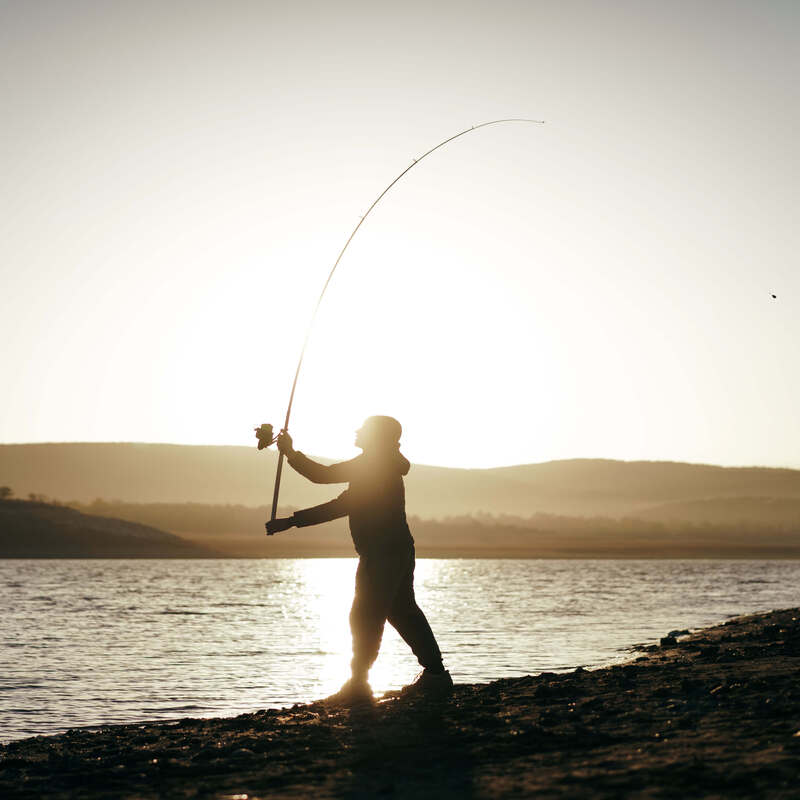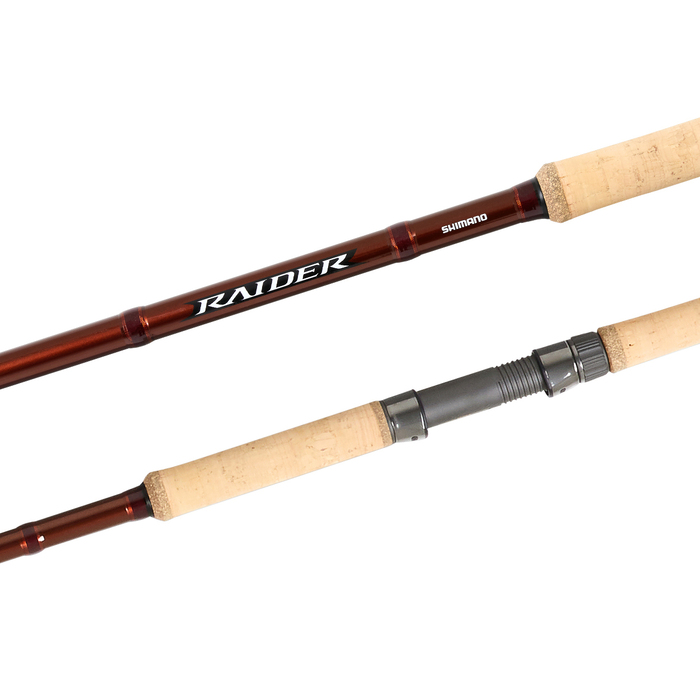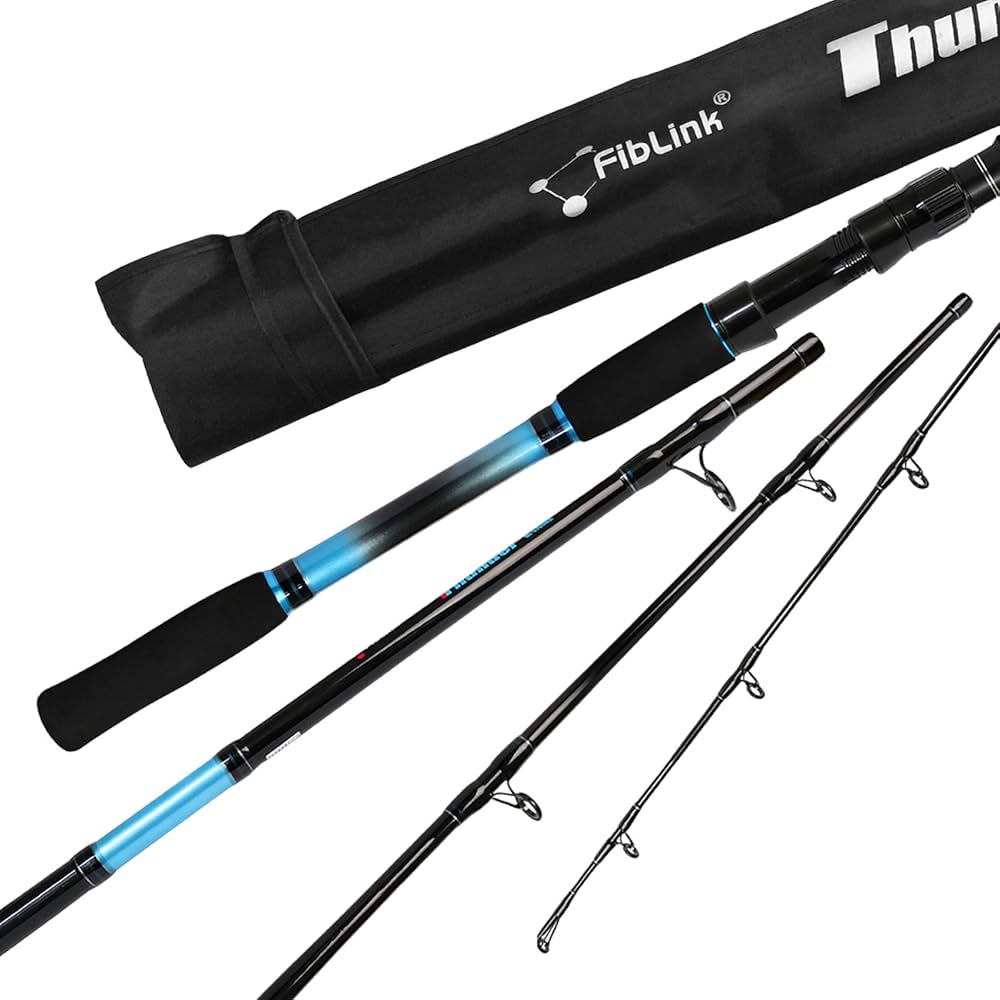Introduction to Casting Techniques
Learning to cast a fishing rod is fundamental for any angler. This skill greatly influences your fishing success and enjoyment. Proper casting ensures you can place your lure exactly where the fish are. It also helps in avoiding snags and managing your line effectively.
Casting techniques vary depending on the type of fishing rod you use. Each rod design serves a specific purpose and suits different environments and target fish species. Understanding how to manipulate these rods can dramatically improve your angling performance.
Throughout this guide, we will cover various techniques tailored for different rods. We will explore essential gear, provide a step-by-step casting guide, and delve into advanced fishing scenarios. Our aim is to equip you with the knowledge to cast proficiently, regardless of the fishing situation.

Essential Gear: Choosing the Right Fishing Rod
Choosing the right fishing rod is crucial for effective casting. Your success on the water often starts with selecting the proper equipment for your specific fishing needs. To master “how to cast fishing rod” techniques, start with the basics – understanding the types of fishing rods available and their intended use.
Here are essential factors to consider when selecting a fishing rod:
- Rod Length: The length of the rod can range from 4 feet to over 14 feet. Short rods offer more control for short casts, while longer rods are better for long-distance casting.
- Rod Power: This refers to the rod’s resistance to bending. Power ranges from ultra-light for small fish, to heavy power for big game fishing. Choose one that matches the size of fish you’re targeting.
- Rod Action: Action describes how and where the rod flexes. Fast action rods bend near the tip, while slow action rods bend closer to the handle. Your choice will affect your casting accuracy and the hookset.
- Material: Rods can be made from fiberglass, graphite, or composite materials. Graphite is lighter and more sensitive, while fiberglass is tougher and more durable.
- Type of Reel: Spinning rods pair with spinning reels, baitcasting rods with baitcasters. The reel type dictates the casting technique and the type of fishing you’ll be doing.
Selecting the right DAIWA fishing rod, for instance, depends on your preferred fishing technique and the species you aim to catch. It’s essential to match your rod to the conditions and the type of lure or bait you will be using. By considering these factors, you ensure that your casting will be as effective and enjoyable as possible. Choose wisely to set the stage for casting success and an enjoyable fishing experience.
Step-by-Step Guide to Casting a Fishing Rod
Preparing the Fishing Line and Hook
Begin by choosing the appropriate line and hook for the conditions and target species. Align the fishing line with the rod tip and ensure about 30-50 cm extends beyond the rod. Secure the hook and if needed, add a suitable lure or bait.
Basic Casting Technique
Hold the DAIWA fishing rod at waist level, keeping it horizontal. Place your fingers around the reel seat, ensuring the line roller is under the rod. Using your index finger, grip the line against the rod and open the bail arm. Check the surroundings are clear; then pull the rod back to a 2 o’clock position, making sure the line isn’t tangled. Smoothly swing the rod forward to cast, releasing the line around the 10 o’clock mark.
Handling and Safety Tips
Always be aware of your environment. Ensure no people or objects are within your casting space to avoid accidents. Maintain constant control over the rod and line throughout your cast. Practice these steps until they feel natural and comfortable.

Advanced Techniques for Different Types of Rods
Exploring advanced casting techniques can significantly enhance your fishing efficiency. Each type of rod requires a unique approach to achieve optimal results.
Casting a Surf and Beach Rod
To cast a surf and beach rod, first, ensure it is assembled correctly. Surf rods are long and typically used for casting over large distances. Start by holding the rod horizontally at waist level and ensure at least 5 meters of line is free. Grip the base of the rod firmly, and swing it overhead, finally releasing the line as your arms are pointed towards your target area. Perfecting this technique allows anglers to reach deeper waters where more fish might be present.
Casting a Spin Rod
Spinning rods are versatile and suitable for a variety of fish species. Begin with the rod at a 45-degree angle relative to your target. Hold the line with your index finger before flipping the bail arm. Swing the rod while releasing the finger-cotrolled line smoothly, aiming to land your lure softly to prevent scaring the fish. This technique is ideal for precise casting, especially in areas with obstacles.
Casting a Baitcaster
Casting with a baitcaster involves precision and control. Start by adjusting the tension knob to suit the weight of the lure. Hold the baitcaster rod horizontally, apply light pressure to the spool with your thumb, and snap the rod forward in a smooth motion. Release the spool at the peak of your forward cast to allow the lure to fly towards the target. Mastering the baitcaster helps in achieving both distance and accuracy, making it a favorite among experienced anglers.
These advanced techniques, once practiced and mastered, can expand the environments and conditions under which you can successfully fish.
Common Mistakes to Avoid When Casting
Cast a fishing rod properly is crucial for success and safety. Here are common mistakes to avoid:
- Premature Release: Don’t release the line too early. It causes your lure to fall short.
- Late Release: Releasing too late sends your lure skyward, not toward the target.
- Poor Timing: Timing is key in casting. Practice the rhythm of motion for better accuracy.
- Line Tangles: Ensure the line is untangled before casting to avoid mid-air mishaps.
- Ignoring Wind: Take wind direction into account. Adjust your cast to compensate for wind effects.
- Wrong Position: Don’t stand too close to trees or rocks. Ensure ample space around you.
- Overpowering the Cast: Forceful casts can backfire. Use a fluid, controlled motion.
- Not Observing Surroundings: Always check for people or obstacles behind and in front of you.
- Improper Rod Use: Match the casting technique to the rod type. For instance, don’t cast a surf rod like a spin rod.
Avoiding these errors can improve your casting technique, leading to more enjoyable and productive fishing trips.

Practice Makes Perfect: Tips for Improving Your Casting Skill
Becoming skilled in how to cast a fishing rod takes practice and dedication. Here are tips to help refine your casting technique:
- Regular Practice: Spend time practicing regularly, not just during fishing trips. Use your yard or a local park to practice your casts.
- Watch Experts: Learn from seasoned anglers. Observe their timing and fluidity. Try to mimic their motions to improve your own technique.
- Focus on Form: Pay close attention to your stance and arm movement. Adjust until you find the most comfortable and effective form for you.
- Use Markers: Practice aiming at targets. Place markers at various distances and work on casting accurately to each one.
- Lighten the Load: Start with lighter lures or weights. This helps to develop a feel for the timing of the release without the added difficulty of heavier equipment.
- Vary Your Technique: Switch between different casting techniques. This versatility will prepare you for any fishing situation.
- Slow Down: Don’t rush your cast. A smooth, deliberate motion is often more effective than a quick, jerky one.
- Record Yourself: Video your casting to analyze your technique. Look for areas of improvement, and track your progress over time.
By following these practical tips and incorporating them into your casting practice, you’ll see a marked improvement in your ability to cast a fishing rod. Remember, patience and perseverance are key to mastering any new skill.
Conclusion: Becoming a Skilled Angler Through Proper Casting
Mastering how to cast a fishing rod is crucial for every angler’s success. It defines the difference between a fruitful day on the water and a frustrating one. As we’ve discussed, there are varied techniques based on the rod type. Each technique needs practice to perfect. Whether you’re handling a surf and beach rod, a spin rod, or a baitcaster, remember that correct gear and method are key.
From choosing the right DAIWA fishing rod to avoiding common casting mistakes, every step matters. Applaud yourself for taking the time to learn and develop your casting skills. Embrace each step of the process, from gearing up to practicing different techniques.
Pay close attention to your form and the environment. Are there obstacles or wind conditions to consider? Adjust accordingly. Make each practice session count by setting goals and challenging yourself to hit targets at various distances.
Keep in mind the tips provided to enhance your skill – observe experts, use markers, and record your technique for further analysis. Above all, remain patient and persistent. The journey to becoming a skilled angler is as rewarding as the catch itself. With regular practice and a careful study of techniques, you’ll not only cast a fishing rod with ease but also enjoy greater success on your fishing adventures.
Push beyond your current abilities and strive for improvement with each outing. The art of casting is one that grows with you as you continue to fish, learn, and connect with nature. Now go out there and cast with confidence. Tight lines!
